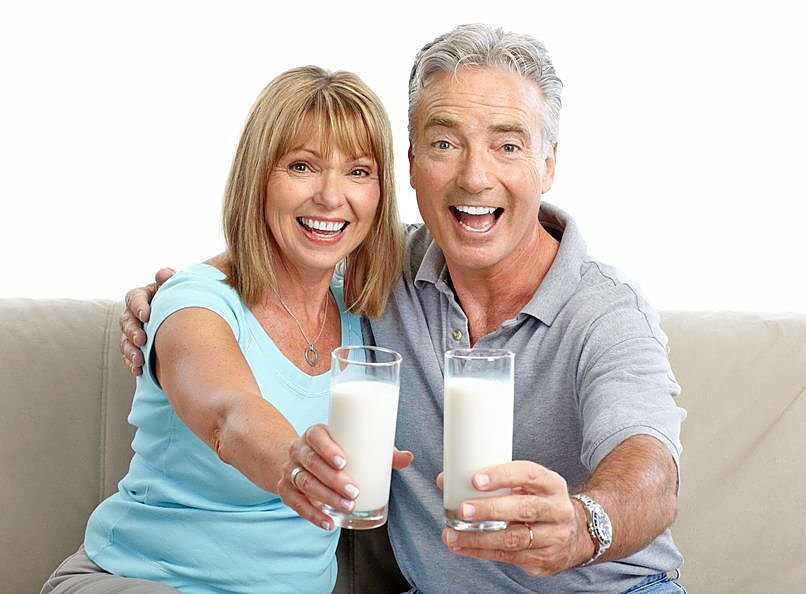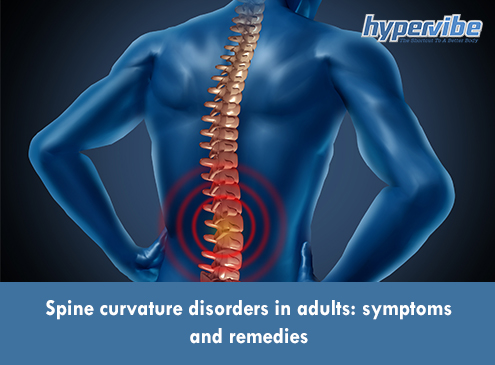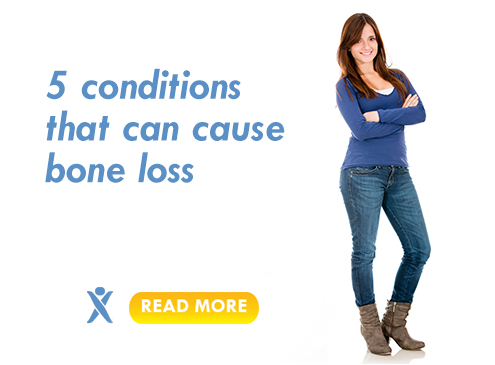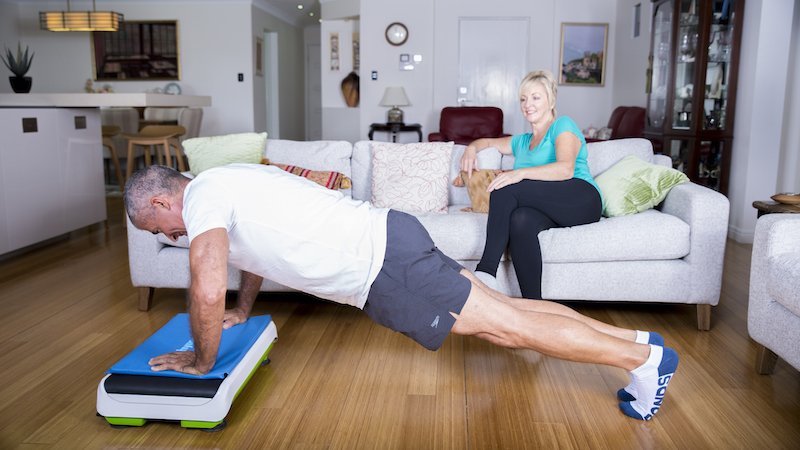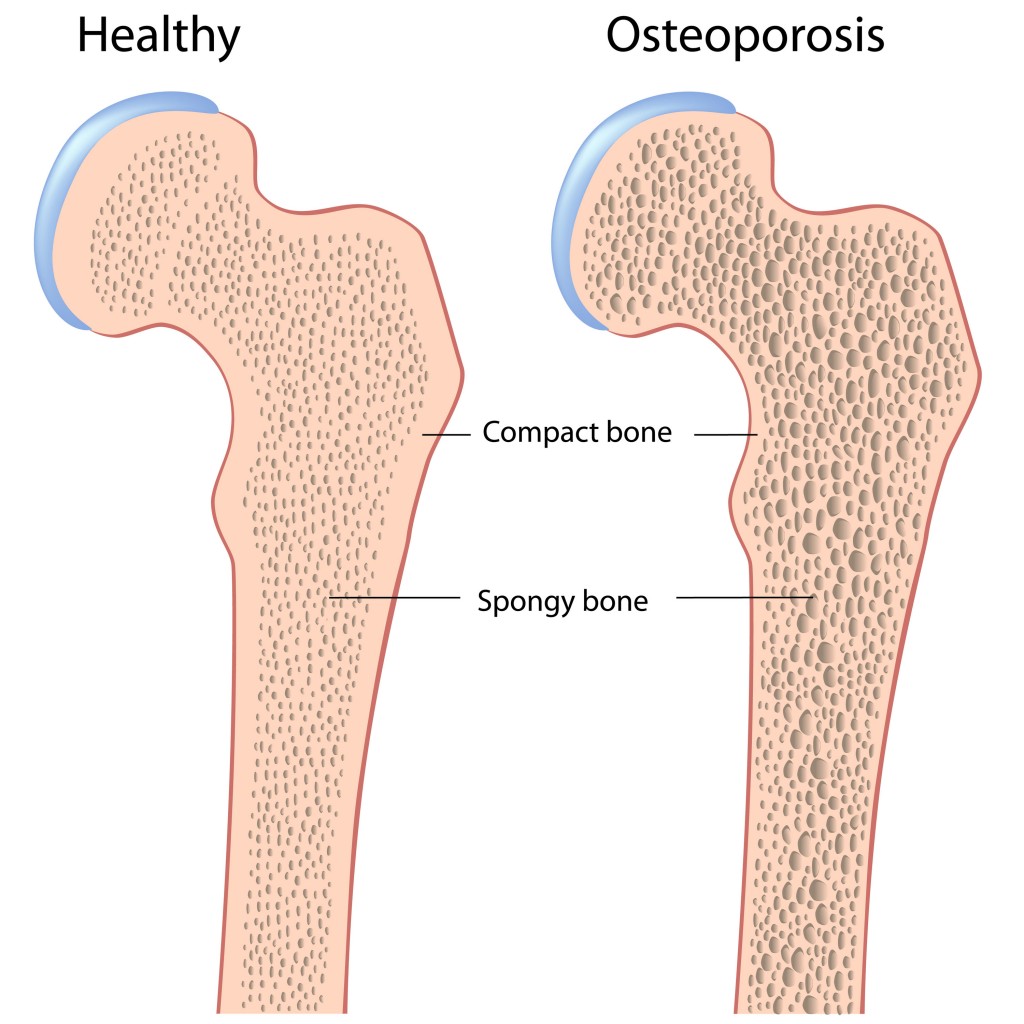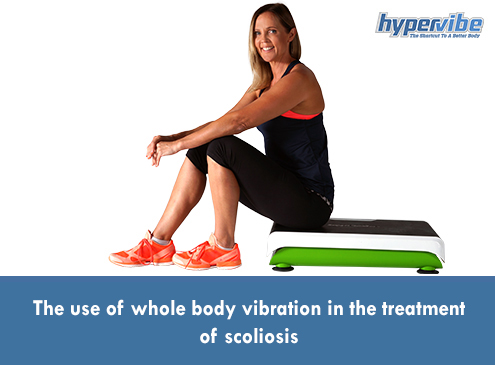Baby boomers and bone health
In a recent article, Mayo Clinic’s orthopedic surgeon Paul Huddleton, M.D., explained how and why scoliosis affects baby boomers. But scoliosis isn’t the only problem of the skeletal system that affects people in this generation. For those born between 1946 and 1964, the risk of fractures and osteoporosis is also quite high, so it’s worth taking a look at the most common bone health issues affecting the baby boomers.
1. Spine deformities
Scoliosis, lordosis and kyphosis are all present in adults, although in most people these spine deformities start developing during childhood. The abnormal spine curvatures affect not only one’s physical appearance, but also their quality of life, as they lead to discomfort, pain, improper posture, and depending on their severity, to breathing problems, impaired walking and physical limitations.
Scoliosis is defined as a condition where the spine is curved like an S or C, sideways. Lordosis is the excessive curvature of the lower spine, often called swayback and associated with kyphosis. Lordosis is often exaggerated by poor posture, just like the other deformities. Kyphosis is the excessive curvature of the spine in the anteroposterior plane.
2. Osteoporosis
Osteoporosis occurs when the bone density decreases, and bones become more porous, weaker and thinner, therefore more prone to fractures. The decrease in bone mass happens naturally as we age, but the process can be accelerated by an inadequate diet, the lack of physical activity, as well as by a series of ailments.
Affecting around 1.2 million Australians, osteoporosis is an asymptomatic condition, meaning that it has no visible symptoms until a fracture occurs, and this is why the condition is also referred to as the “silent diseases”. In some people though, some unspecific symptoms can indicate the lower bone density: back pain caused by a collapsed or fractured vertebra, poor posture, loss of height over time and in some cases, heartburn and difficult breathing.
Given that osteoporosis makes bones become brittle, one should do their best to prevent the thinning of the tissues before a bone is fractured. A diet rich in calcium and vitamin D can reduce the risk of osteopenia (low bone density), and practicing strength exercises regularly is also extremely helpful, as this kind of training is the best for stimulating bone growth.
3. Arthritis
Arthritis is more disturbing than osteoporosis, as it is characterized by joint pain and stiffness, inflammation and swelling of the tissues surrounding the joints, instability, joint weakness, limited movements and deformities that can interfere with one’s daily activities.
Arthritis occurs when the joint cartilage gets damaged, and affects over 3.85 million of Australians. Although considered by many a natural consequence of growing older, arthritis is not and shouldn’t be a part of the aging process. This condition doesn’t have a cure yet, but can be prevented and in people who have already developed it, there are some solutions that allow patients to manage the symptoms so as to reduce the condition’s impact on the quality of their life.
Losing weight, eating an anti-inflammatory diet, doing low-impact exercises like water aerobics, whole body vibration or swimming, applying hot and cold compresses, as well as trying alternative therapies like acupuncture can reduce the pain and help in temporary relieving the symptoms.
